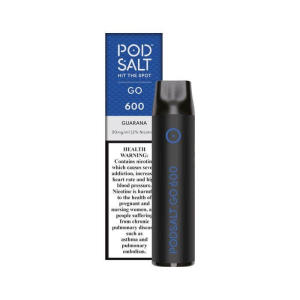
Changing synthetic lubricants is a crucial maintenance task to ensure the longevity and optimal performance of machinery and vehicles. Using the right tools can make this process efficient and safe. Find here essential tools you need for changing synthetic lubricants.
Oil drain pan:
An oil drain pan is crucial for collecting used lubricant during an oil change. Choose a pan with a large capacity and a spout for easy pouring. Some drain pans come with a built-in filter screen to catch debris, which helps in recycling the used oil responsibly. Look for a durable material that can withstand the high temperatures of synthetic lubricants.
Oil filter wrench:
An oil filter wrench is essential for removing and installing oil filters without damaging them. There are various types of wrenches, such as strap wrenches, socket wrenches, and cap wrenches. Ensure you select a wrench that fits your oil filter size and type. A proper oil filter wrench will provide the leverage needed to easily unscrew even the most stubborn filters.
Funnel:
A funnel is necessary for pouring new synthetic lubricant into the engine or machinery without spilling. Opt for a funnel with a wide mouth and a long, narrow spout to reach tight spaces. Some funnels come with a built-in strainer to filter out any contaminants that might be present in the new lubricant; ensuring only clean oil enters the system.
Socket set:
A comprehensive socket set is crucial for removing and tightening the drain plug and other bolts during a lubricant change. Ensure the set includes a range of socket sizes and extensions to reach difficult areas. A ratchet wrench with a flexible head can be particularly useful for accessing tight spots. High-quality sockets made from durable materials like chrome vanadium steel will provide reliability and longevity.
Oil extractor pump:
An oil extractor pump is a handy tool for removing old lubricant from engines or machinery, especially in situations where accessing the drain plug is challenging. These pumps create a vacuum that sucks the oil out through a tube inserted into the dipstick hole. Oil extractor pumps are particularly useful for changing lubricants in boats, lawnmowers, and other small engines where traditional draining methods are impractical.

